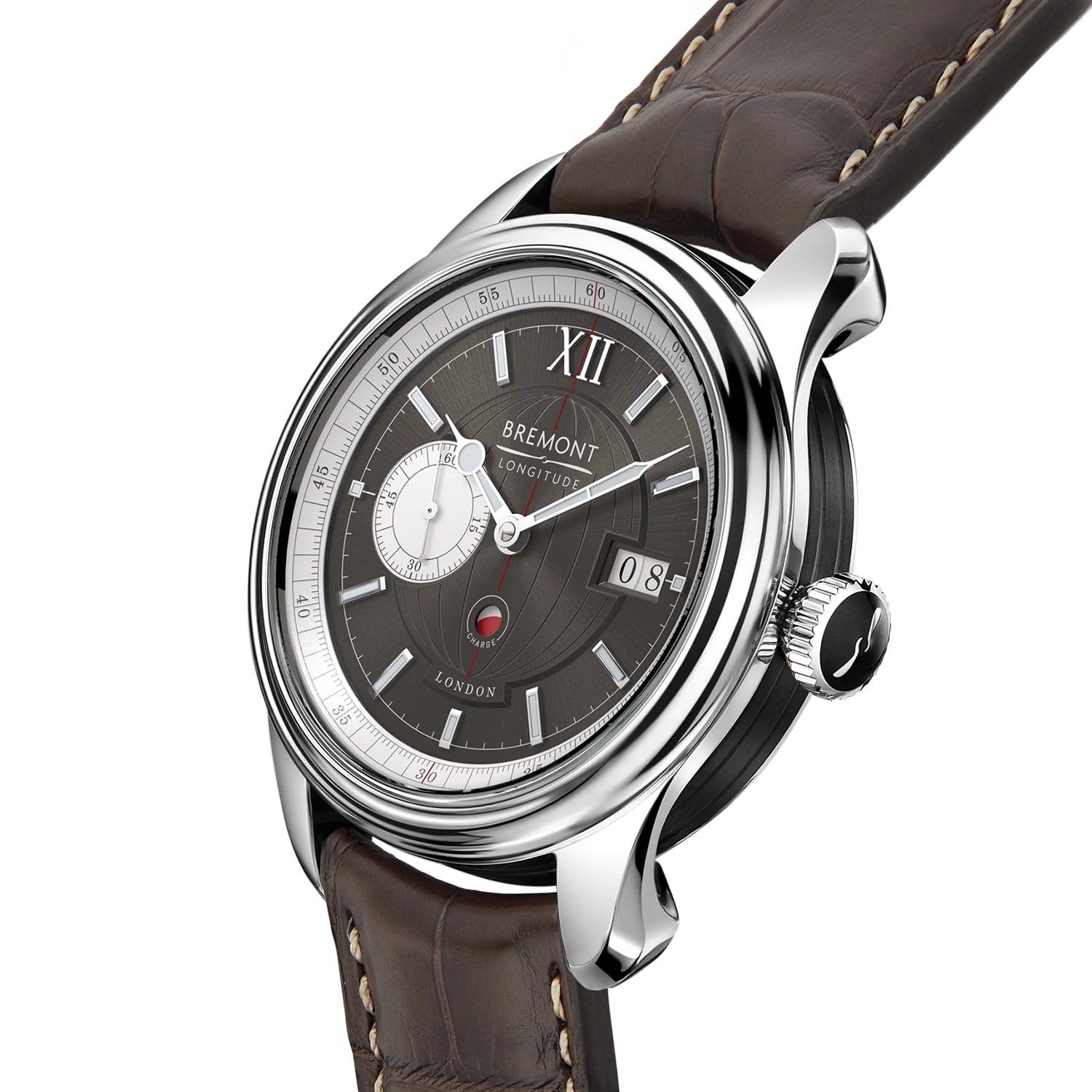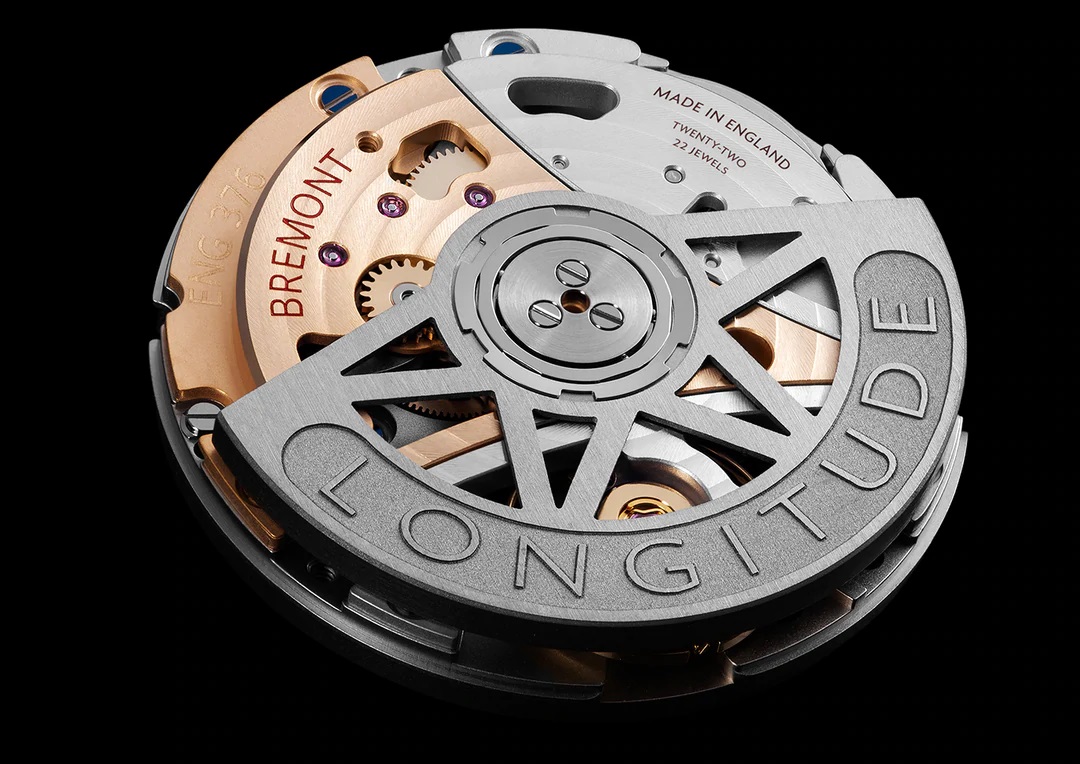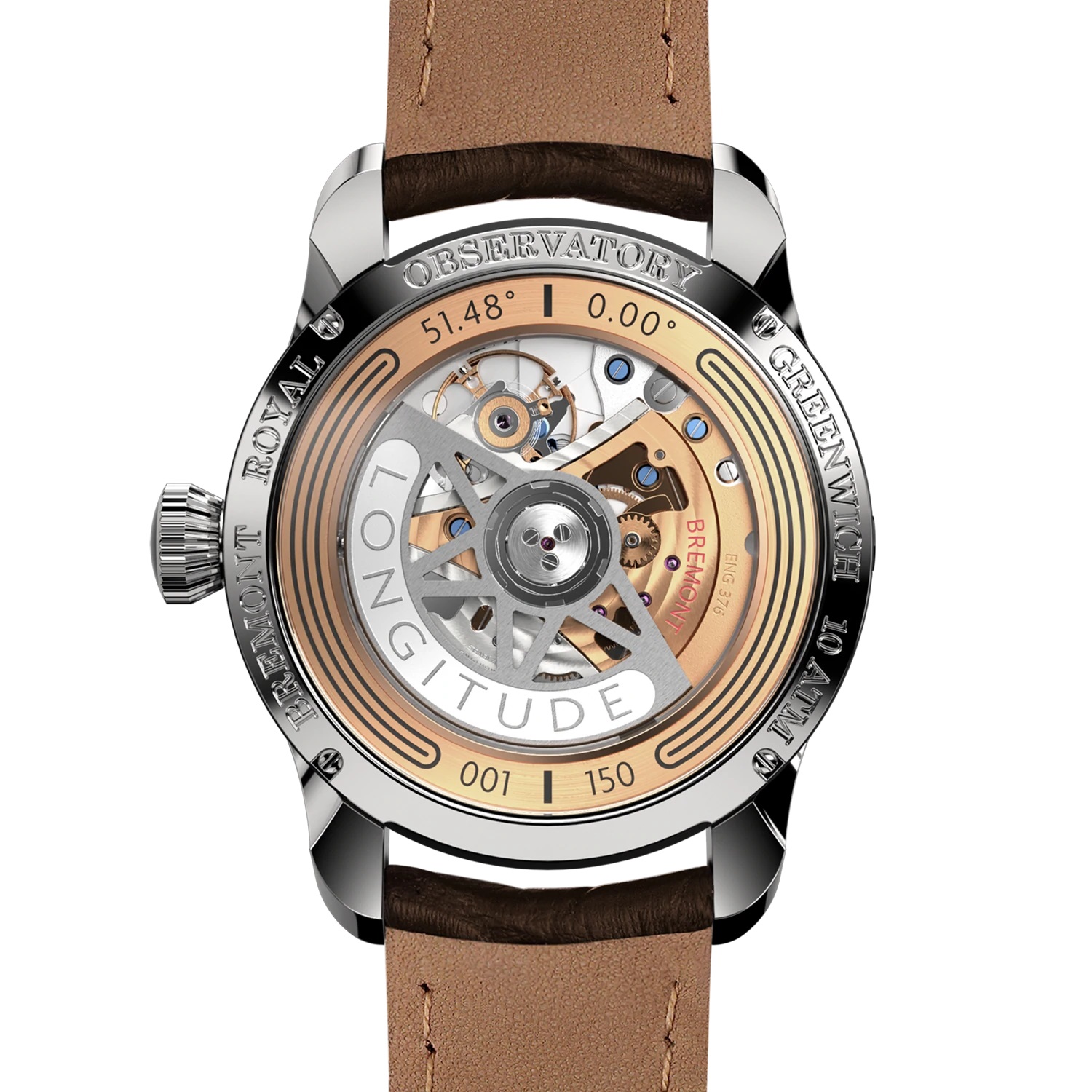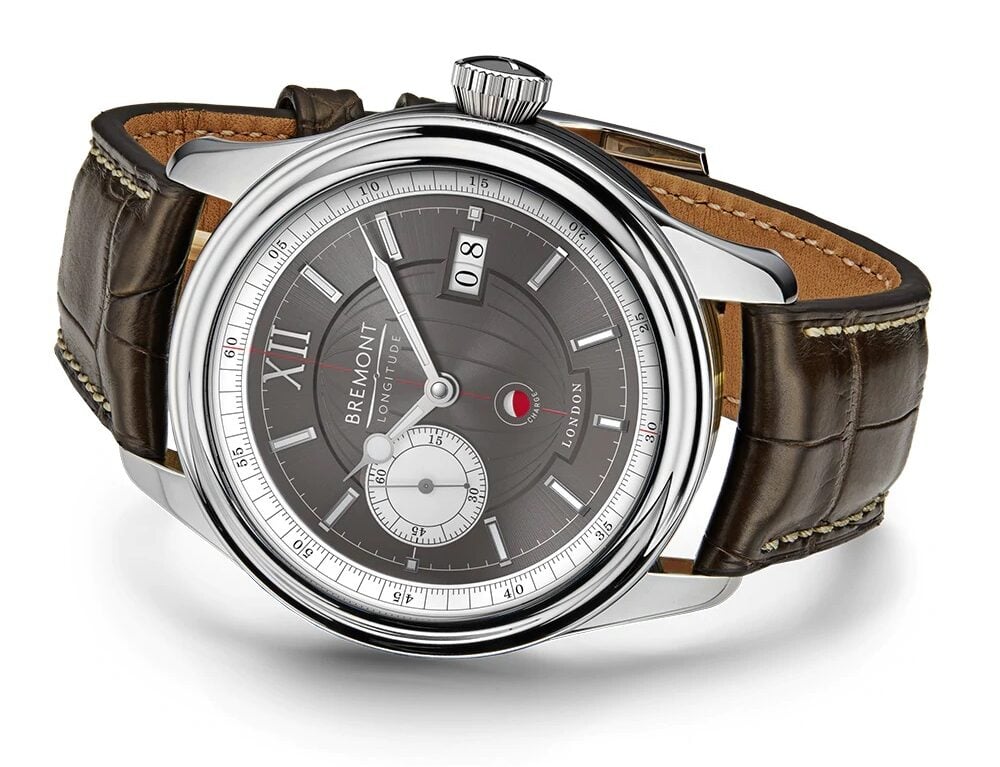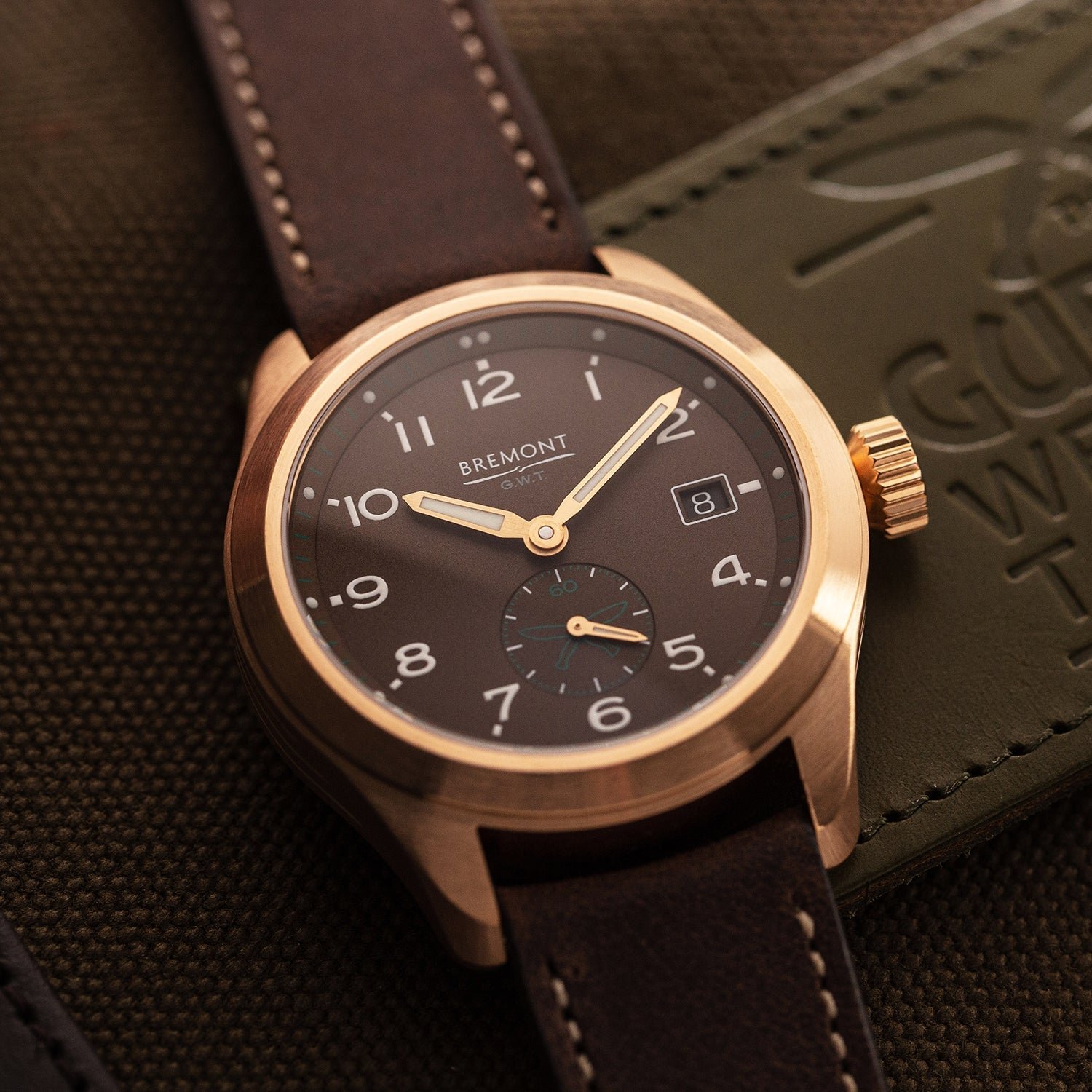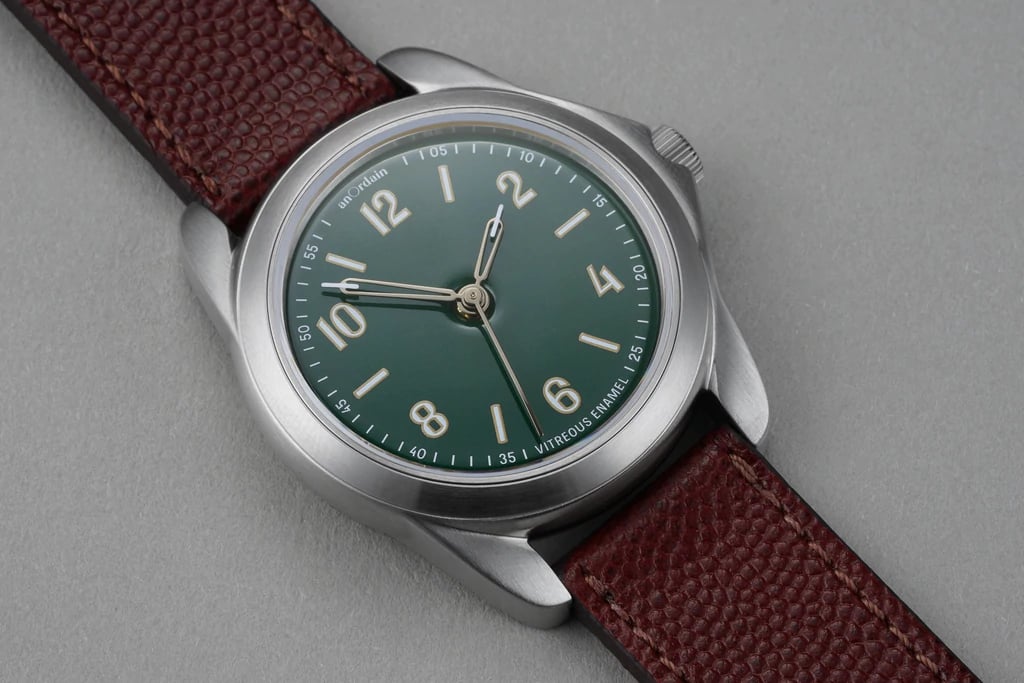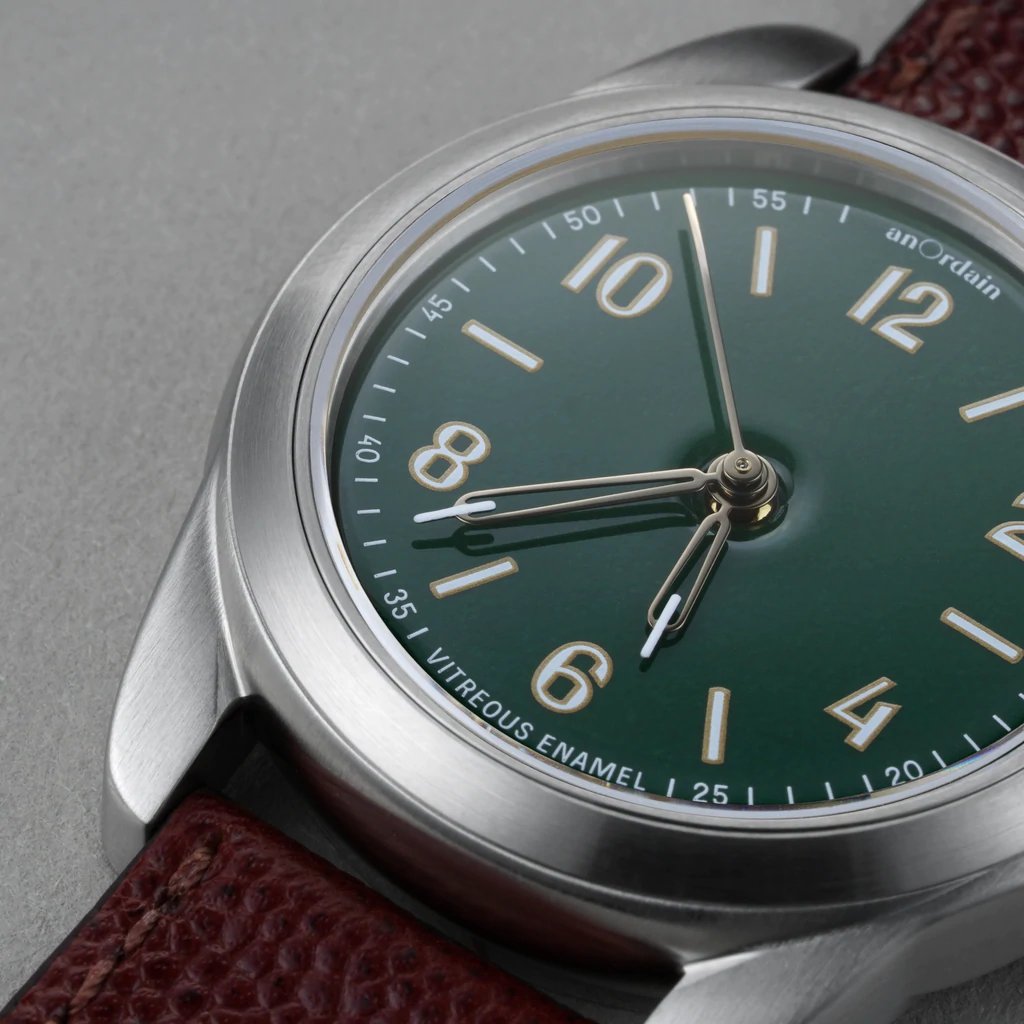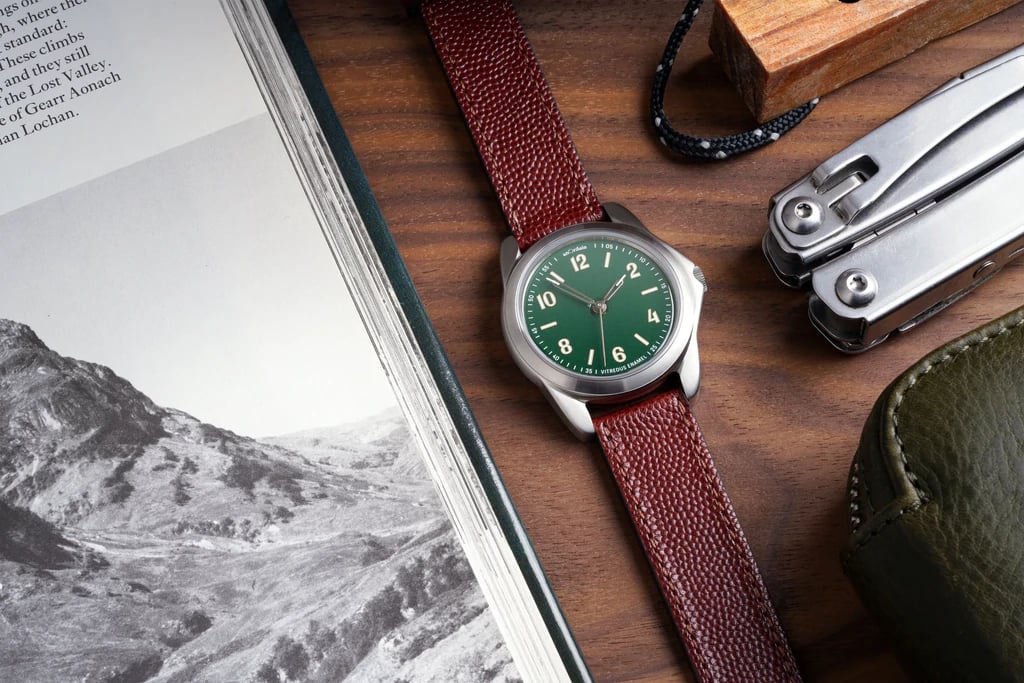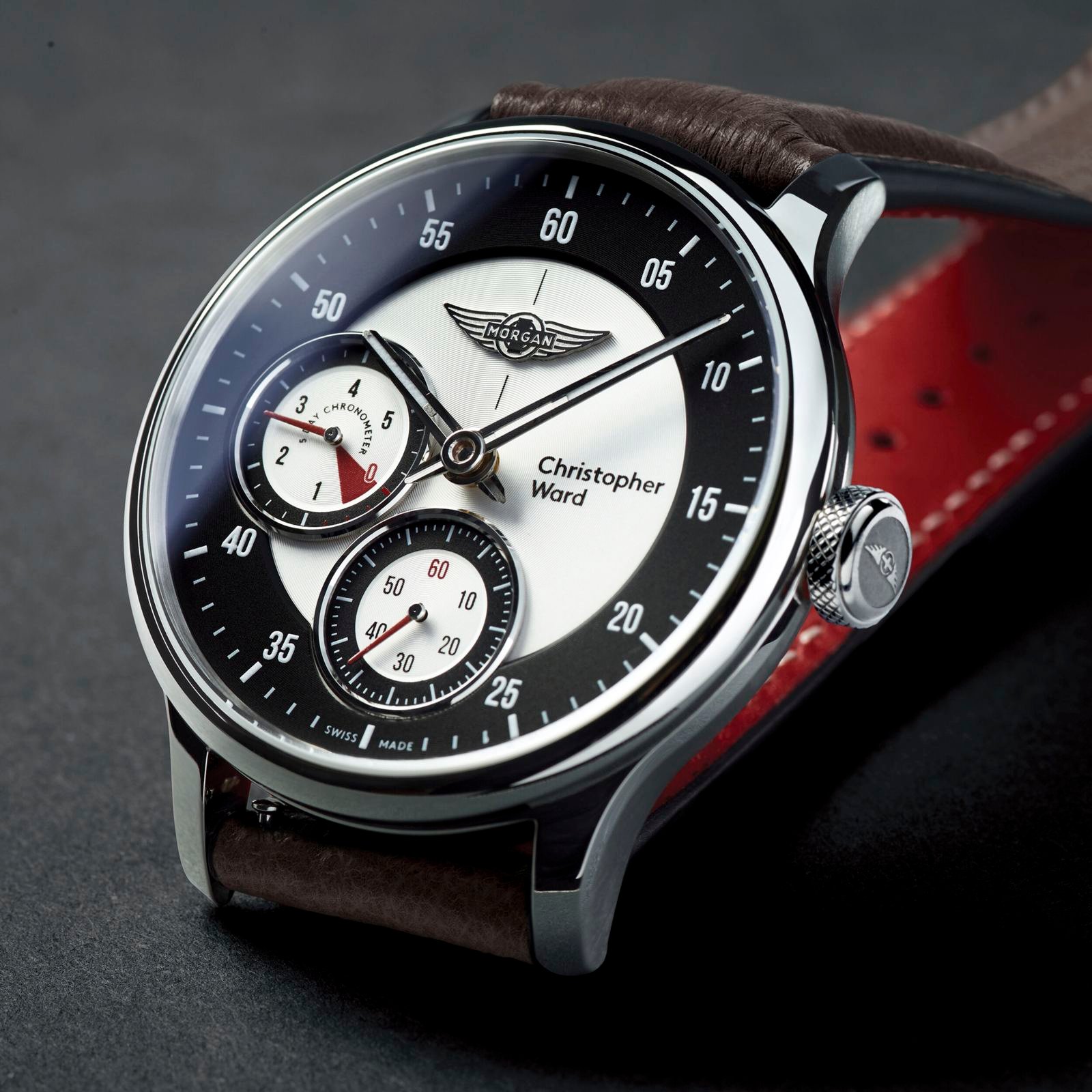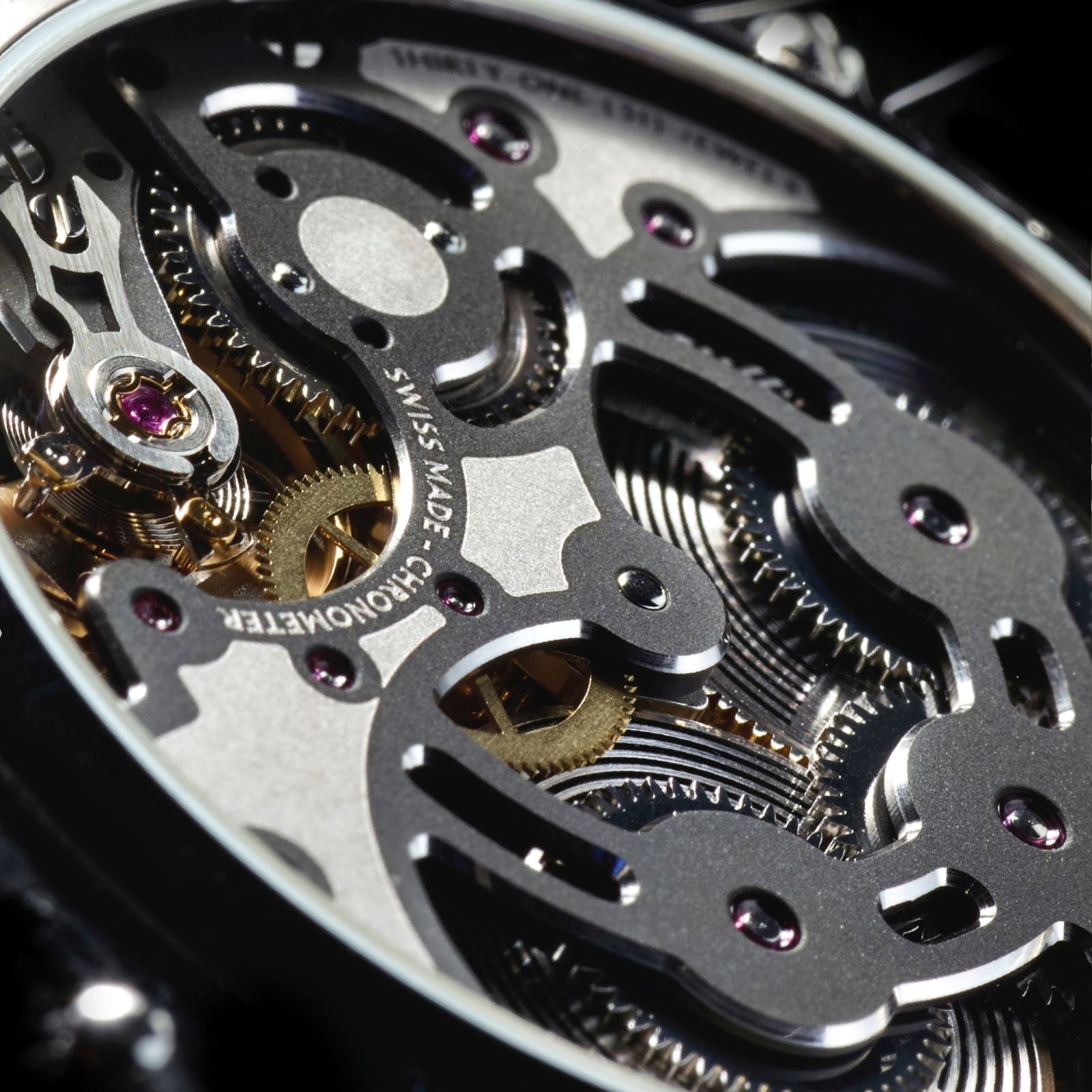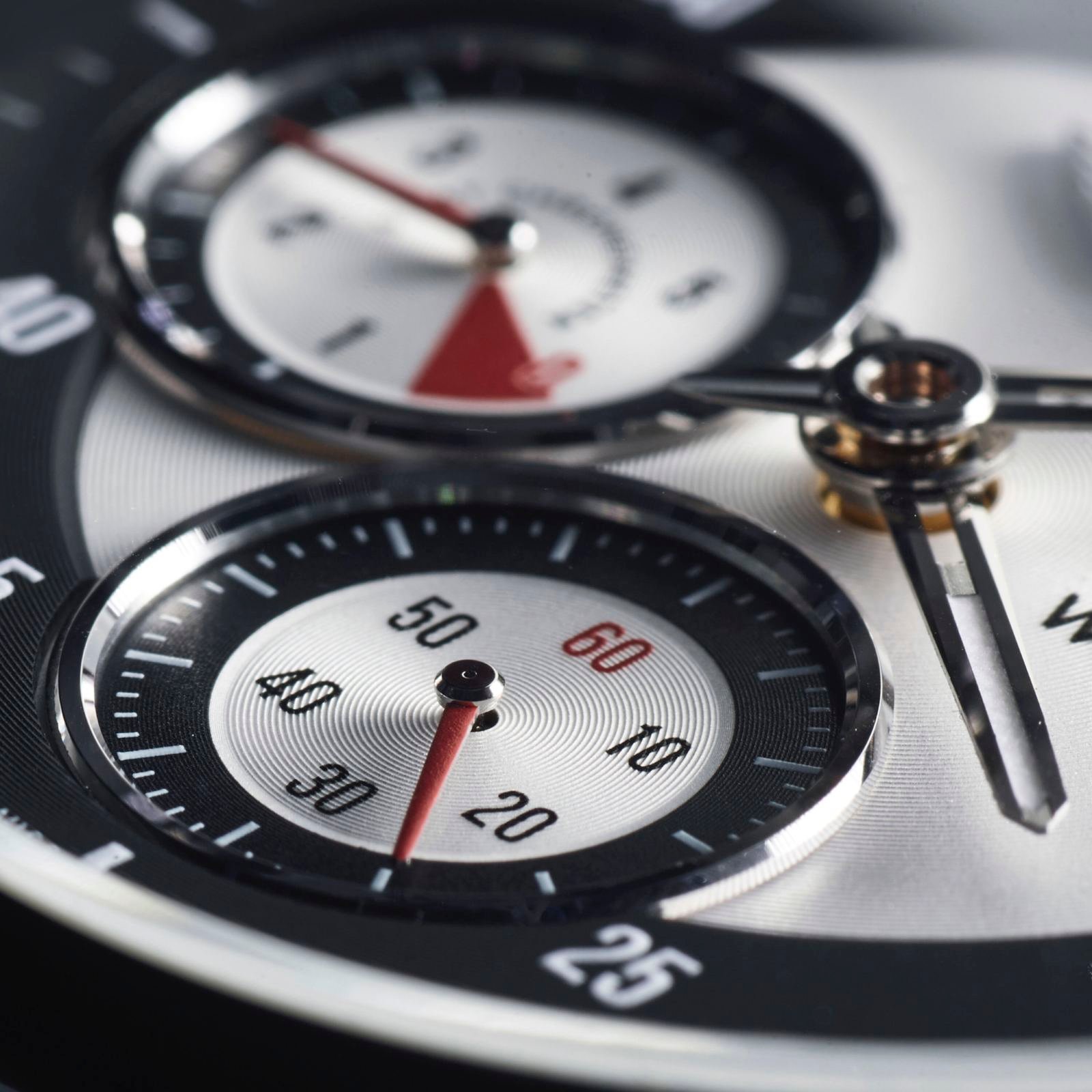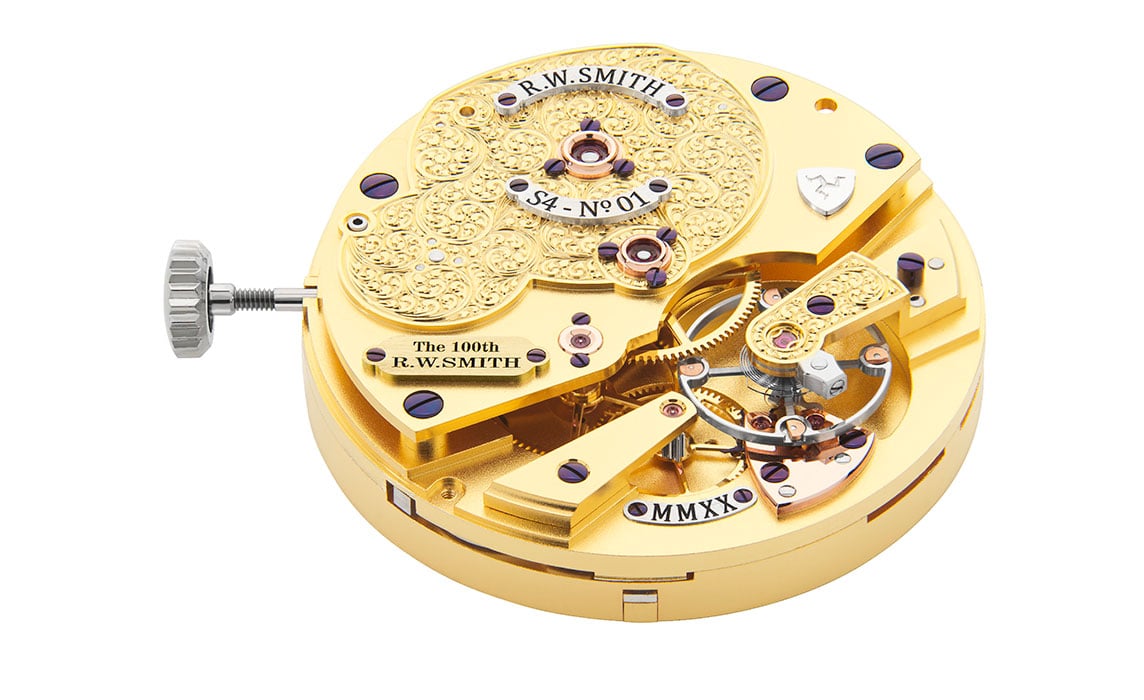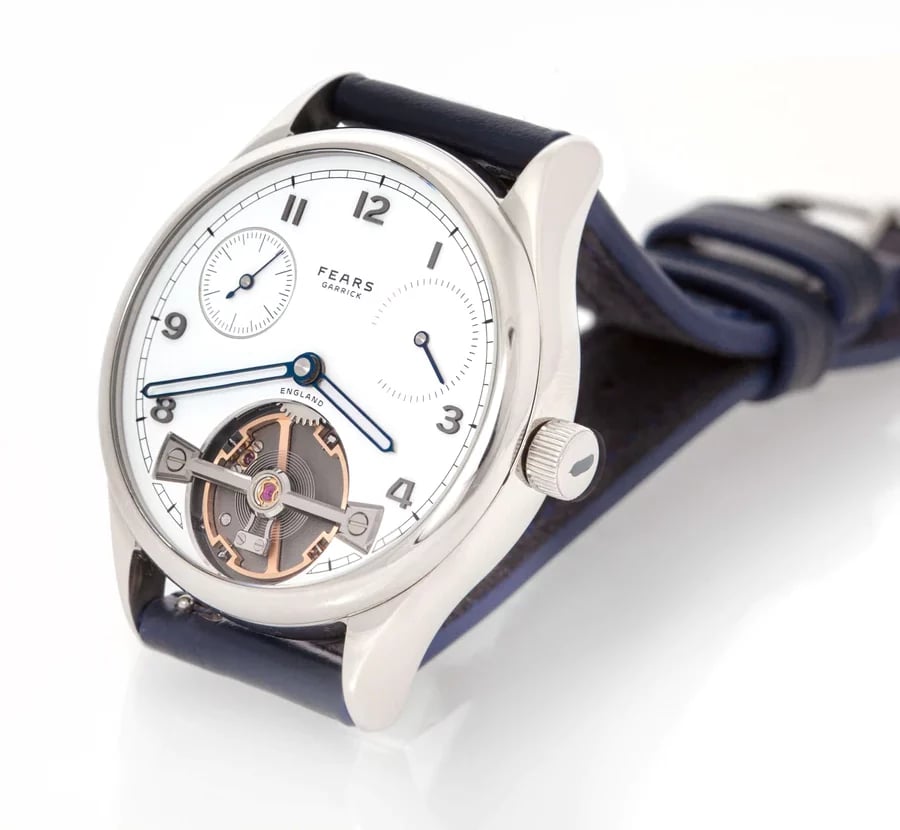Watch Dating Profiles: United Kingdom — Bremont, Christopher Ward, And anOrdain Are Pining For You
Grey skies and green hills — the British Isles provide endless picturesque landscapes perfect for soulful longing and distant gazing. That longing would be for watches, of course. And the United Kingdom delivers plenty of those as well. With a rich heritage of watchmaking to stand upon, the craft is returning to England in full force. Christopher Ward has become a well-known name in independent watchmaking with unique and refreshed approaches to old standards. Bremont is proving that British watches can be very British indeed with new limited editions that are primarily made in England. Scotland makes its contribution as well with anOrdain and its beautiful enamel dials. Whatever your fancy, there’s a watch for you that hails from the regal lands of the United Kingdom.
In many ways, horology has come a long way since John Harrison’s marine chronometers. There are almost 300 years of tumultuous horological history wrapped up in that sentence. But along with many other developments, watchmaking, for the most part, left the British Isles, as it did many other places. Harrison might’ve been disappointed to witness that shift (and been either horrified or amazed by the MoonSwatch), but the recent efforts to bring watchmaking back to the UK may appease his ghost. The wristwatches here are not marine chronometers, but Bremont’s Limited Edition Longitude certainly pays homage to England’s seafaring and navigational history and sits nicely within chronometer specs.
Bremont and British watches
Bremont is a brand that leans very heavily into history. Not into its own history, mind you; the company was founded in 2002. But the passion for aviation, Allied war efforts during WWII, and cosmology (strangely enough) come across loud and clear in watches with such names as Boeing Model 247, Codebreaker, and Hawking. That’s all fine and good. Bremont’s design language sits somewhere between “then” and now. Clean dials, vintage handsets, and trademark rounded lugs combine in a massive catalog that still feels cohesive. Most of Bremont’s watches could fairly comfortably exist anytime between 2022 and the nostalgic, sepia-hued yesteryear.
It’s fitting, then, that Bremont’s pride and joy hearkens all the way back to early British marine chronometers and ocean navigation. The Longitude is Bremont’s first watch with a British-built proprietary caliber. That’s a big deal, as caliber manufacturing at a production scale hasn’t existed in Britain for a long while. But there are some caveats, as Bremont is careful to point out.
Bremont’s ENG300
The ENG376 powering the Longitude is a re-engineered Swiss K1 caliber from company THE+. The ENG376 is a variation of Bremont’s base ENG300. Considering that Bremont modified 80% of the K1 to achieve the ENG300 and that the majority by weight of the caliber is manufactured at Bremont’s facilities, both Bremont and THE+ are comfortable stating that the ENG300 is unique to Bremont. It’s not quite the British-conceived and fully manufactured caliber we hunger for, but it’s further than anyone else has come in recent times in providing a high-production British movement. It’s up to the public to determine how Bremont or British the ENG300 actually is, or if it matters.
The ENG300 is an impressive caliber regardless. A silicon escape wheel and pallet fork operate at 25,200vph (3.5 Hz), an uncommon rate. A tungsten oscillating weight winds the power reserve up to its 65-hour maximum. As the ENG376, it provides a big date complication at 3 o’clock, power reserve at 6 o’clock, and running seconds at 9 o’clock. Accuracy is a whopping ±3 seconds per day.
The Bremont Longitude
The Longitude comes in three cases — white gold, rose gold, and steel. The steel interests me most, not least of all because it is the least expensive, at still an eye-watering £14,995. But it is a regal watch, as such British watches should be. The 40mm steel case with oversized crown and inwardly curving lugs frame the fun yet elegant dial sensibly and without much fuss, a trait of most Bremont cases.
The dial itself has a story to tell, featuring an embossed globe motif with longitude lines (get it?). The layout of the information is unique, but it comes across as balanced. The smallest element yet the loudest thematically is the small round power reserve window displaying red when charged. This coupled with the thin red line dividing the dial into left and right halves is representative of the Greenwich Time Ball and tower at the Royal Observatory in London.
This is the location of zero degrees longitude, forming the basis of historical naval navigation and our present reckoning of world time, Greenwich Mean Time (GMT). The story doesn’t stop there, though. Framing the view of the movement through the case back is brass from the actual Flamsteed Meridian Line (yes, there is a real line). I’m not sure there’s another watch that is so representative of the concept of time in England than the Bremont Longitude.
A watch for professors and princes
Bremont’s Longitude is no small thing, for many reasons. It’s a major step for industrialized watchmaking in England. Thematically, it nods enthusiastically to England’s history of time and its use. And the price and limited nature (only 150 pieces for the steel model) set this watch out of the hands of many would-be admirers. But those who would spend that amount for it would, I think by necessity, be fervent enthusiasts of the traits that the Longitude embodies.
British watches about engineering and science are best for British engineers and scientists.
I could easily see the Longitude on the wrist of an otherwise modestly dressed, tweed-coated professor at one of the great halls of British education. British watches about engineering and science are best for British engineers and scientists. It would just as likely find its way onto the wrist of one thoroughly enmeshed in all things England. That is, a prince, a duke, or the like, whose Britishness can only be complete with a watch such as the Longitude.
The Longitude also just happens to be an excellent watch. And if one can look past the heavy-handed thematic elements embedded in the piece, one might be content with shelling out the cash for a nice bit of current English watchmaking history. The Longitude is the first of Bremont’s watches to house the ENG300. And it won’t be the last.
Bremont Broadsword Gurkha
As much as I love a good story, nearly £15,000 for a steel watch is a little rich for my blood. Bremont makes plenty of watches that cost a fraction of that, and the Broadsword Gurkha Watch Trust is one that’s much more suited to my tastes (and budget). This is another watch that packs a lot of history under the crystal, though not so heavy-handedly. A bronze field watch evocative of the “Dirty Dozen” coupled with a charitable nonprofit for Gurkha veterans and their families? Now that’s some cool history and a watch I can get behind, especially at £3,195.
anOrdain
Speaking of field watches, an unlikely candidate comes from anOrdain. Yes, this is the company we all know for its beautiful enamel dials. But anOrdain’s medium-sized Model 2 is a watch with a beautiful dial meant to go just about anywhere you can get yourself. Now, anOrdain actually hails from Scotland, and none would be foolish enough to confuse the brand as English. Nestled away up in Glasgow, anOrdain’s team of 15 employees work tirelessly to deliver their enamel-dialed watches to an ever-growing waitlist of patient customers.
Enamel is finicky by nature. Each dial takes 12 hours of work to complete, and one is never guaranteed to make it to completion. But the results speak for themselves, and anOrdain has capitalized on its unique combination of dials and in-house-designed cases, hands, and typography. The designs are excellent, both technically (so I’m told) and aesthetically.
Model 2 in Racing Green
Excellent design is coupled with more robust cases in anOrdain’s Model 2 lineup. A mere 5 bar water-resistance rating is underwhelming, but I posit that the fields that give the name “field watch” are rarely 50 meters underwater. Some submersion resistance is enough for a watch that rides primarily on its looks. Besides, it’s the lines that make the Model 2 case “robust” for me.
Either size of the Model 2 has great looks, but it’s the medium that really shines. It’s somehow smooth, chunky, and 36mm in diameter. There isn’t a sharp edge anywhere on the case — even the crown is almost completely submerged in its guard. Like with Bremont, we find inwardly curving lugs. Those lugs are 18mm apart, pairing perfectly with the leather strap. An 11mm height and 43mm lug-to-lug ensure this watch can be worn by anybody. That thick bezel is pure *chef’s kiss*.
Inside the £1,700 anOrdain Model 2 is a hand-wound Sellita SW 210-1. A 4Hz frequency and 42 hours of power reserve are a very respectable choice for such a watch. Sure, anOrdain could’ve gone the way of many other brands that ride high on their designs and used a more affordable caliber. There’s no seeing through the case back anyway. But anOrdain’s watches are quality through and through.
A watch for the Highlands as well as downtown
The brand staked its claim to urban life with the Model 1. Model 2 says that anOrdain can go to the hills as well. I might’ve used my tweed reference too early with the Longitude, as the anOrdain Model 2 is truly tweed’s companion. Brisk walks out in the fog with a dog and a walking stick are just as appropriate for the Model 2 as grabbing a pint in town with your mates. Whatever the scene, the medium-sized Model 2 makes it a point to be out of the way unless it’s being looked at. Then it’s in the spotlight.
Because really, that deep “racing green” dial paired with straw-colored hands comes as close as a watch can to the rich greens and browns the Scottish Highlands are painted in. The lumed tips of the hands float above the dial. The typeface is un-placeable in time. This, dear reader, is exactly where you want to be and why you might wear a Model 2.
Christopher Ward C1 Morgan Aero 8 Chronometer
We’ll forgive anOrdain for using British racing green for a dial color when, historically, Scottish entries in racing wore a dark blue. But it provides a perfect segway to our last entry. Christopher Ward, now a well-known success story of independent British watchmaking (and watchmaking in general) will not be out-Britished by anyone else. To prove this, the brand partnered with British bespoke car maker Morgan for a handful of collaborative pieces. The jewel of this endeavor is undoubtedly the C1 Morgan Aero 8 Chronometer.
The C1 Morgan Aero 8 Chronometer takes its dial design from the dashboard of a Morgan. This is apparent in the fuel-gauge look of the power reserve at 9 o’clock, complete with a red almost-empty indicator. The running seconds at 6 o’clock looks much like a speedometer, as does the minute track around the edge of the dial. The tuxedo look of the main dial and two sub-dials does enough to frame the information without being unnecessarily busy. And of course, the Morgan wings sit at the top and center, pushing the Christopher Ward branding to 3 o’clock.
Calibre SH21
But like a nice car, as good as it may look, it’s what’s under the hood that really matters. Christopher Ward doesn’t disappoint. Beneath the case back is Calibre SH21, Christopher Ward’s very own in-house movement. It’s a double-barrel hand-wound chronometer, with five days of power reserve and a 28,800vph (4Hz) frequency. Unlike Bremont, the SH21 isn’t made in England. All of Christopher Ward’s watches are Swiss-made. But the SH21 belongs to Christopher Ward entirely — well, and Synergies Horlogères, which the brand merged with in 2014. But that’s as in-house as the best of them.
A car watch for non-car watch enthusiasts
The C1 Morgan Aero 8 Chronometer is an approachable 40.5mm in diameter, and an even more approachable £2,495. That’s the power of a streamlined business model. And, like Morgan cars, the watch is constructed largely out of wood. I’m joking, but wouldn’t John Harrison — carpenter and wooden-clock maker — have loved that?
The design, caliber, and pricing make the C1 Morgan Aero 8 Chronometer an excellent choice for anyone that wants a next-generation watch at a steal. The SH21 compares nicely with Oris’s Calibre 400 or Tudor’s MT5621, and it does so at a price point that can’t be beaten. No waxing poetic is necessary for this watch. The C1 basically sells itself. Of course, if you love British cars, this is a no-brainer. However, if you love British watches, you may still be conflicted, and that’s understandable. There are actually quite a few options.
The best of British Watches
If £15,000 isn’t enough for an 80% British watch like Bremont’s Longitude, there is always Roger Smith. Roger Smith needs little introduction. In short, he makes watches by hand. Entirely. Considering he’s British, Roger Smith’s watches are indeed entirely British watches. They’re sublime, but not easy to come by. Starting around £40,000 and going much higher with a years-long waitlist, one must be completely dedicated to the cause to acquire one of Smith’s pieces.
The Fears and Garrick Watch Co. collaboration — simply named the Fears Garrick — is a much more approachable option. This is another handmade British watch, employing Fears design and finishing with a Garrick movement. This watch is “only” £19,500 (inc. VAT) and ships in July 2023. You might get one of these while waiting for your Roger Smith.
Besides these superlative examples of British watchmaking, there are a number of British brands doing watches and clocks in their own way. The Alliance of British Watch and Clock Makers is just what it says it is, and its website is an excellent resource for finding many of the brands mentioned here and more. One such is Time Traveller, a clock company that does many wonderful things, including recreating some of John Harrison’s clocks.
More information about Christopher Ward, anOrdain, and Bremont can be found on their websites. Which watch from the United Kingdom is your perfect companion? Let us know in the comments.

